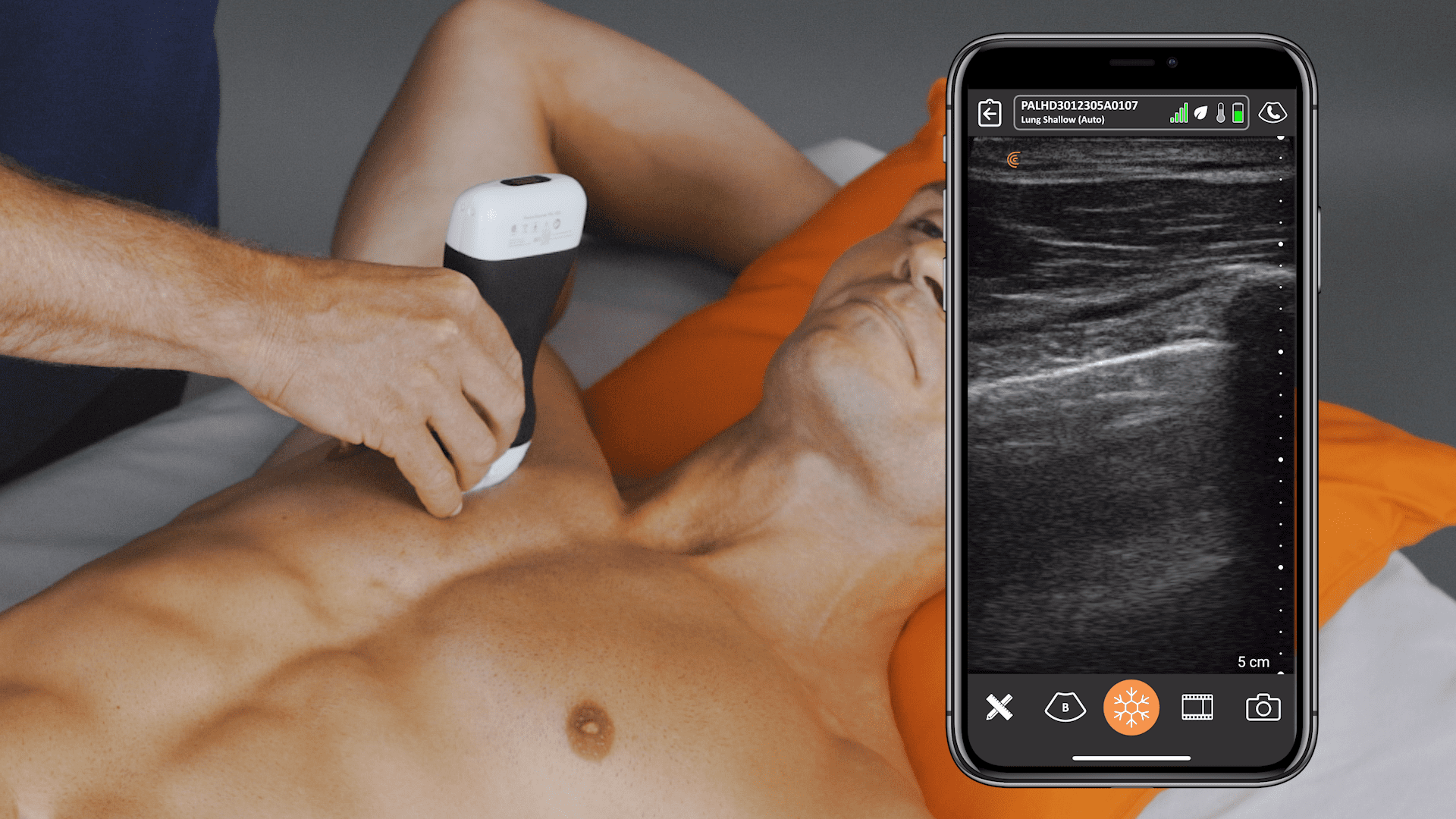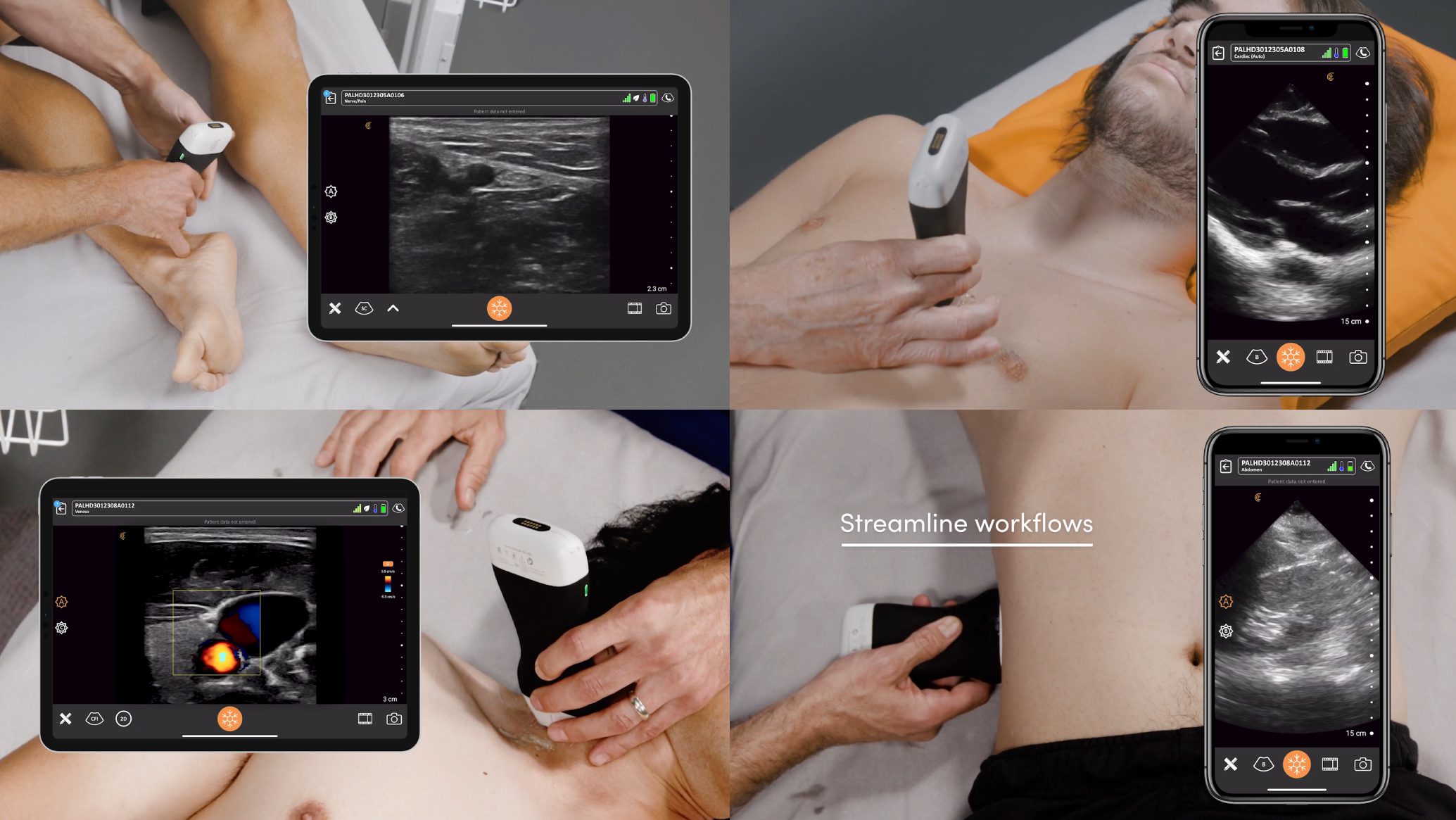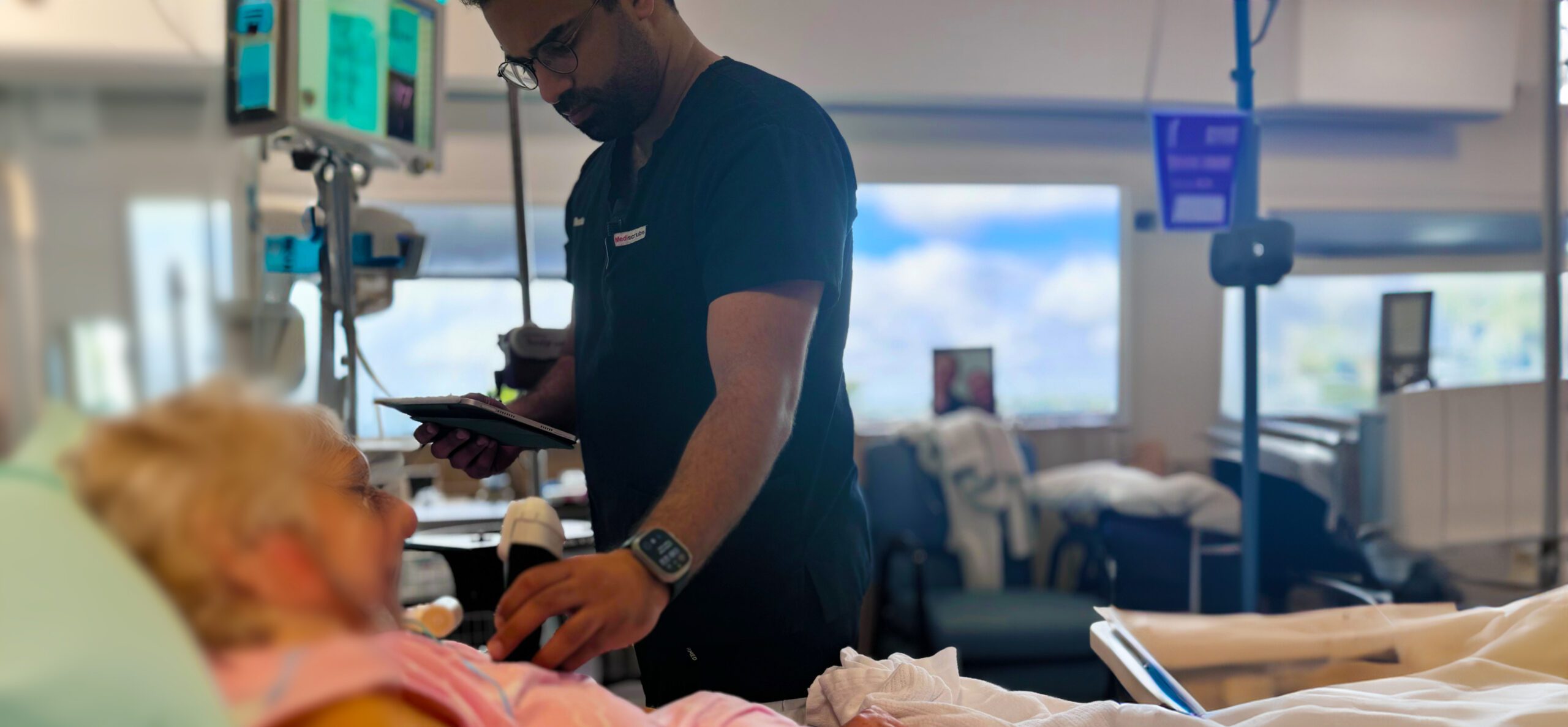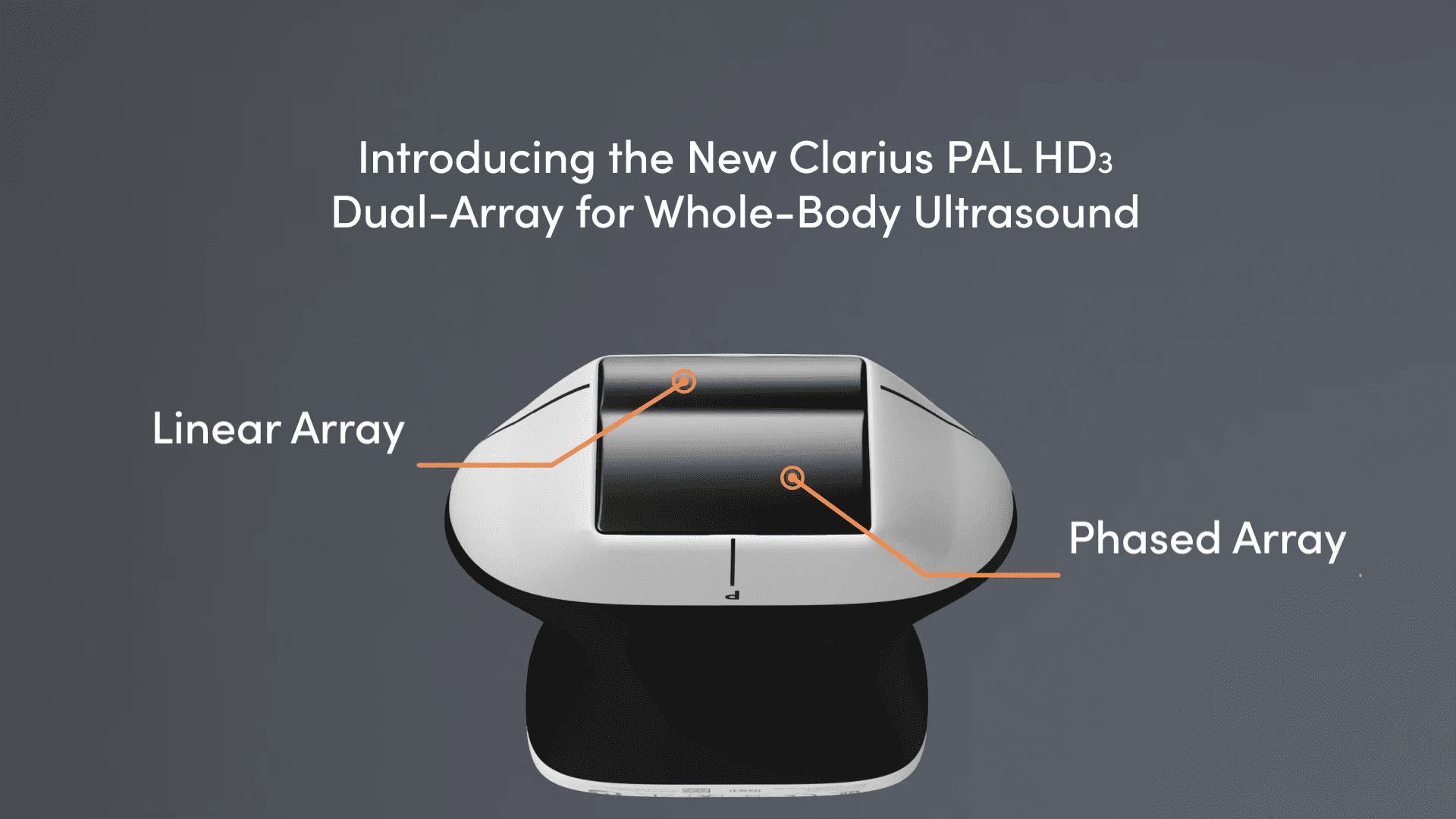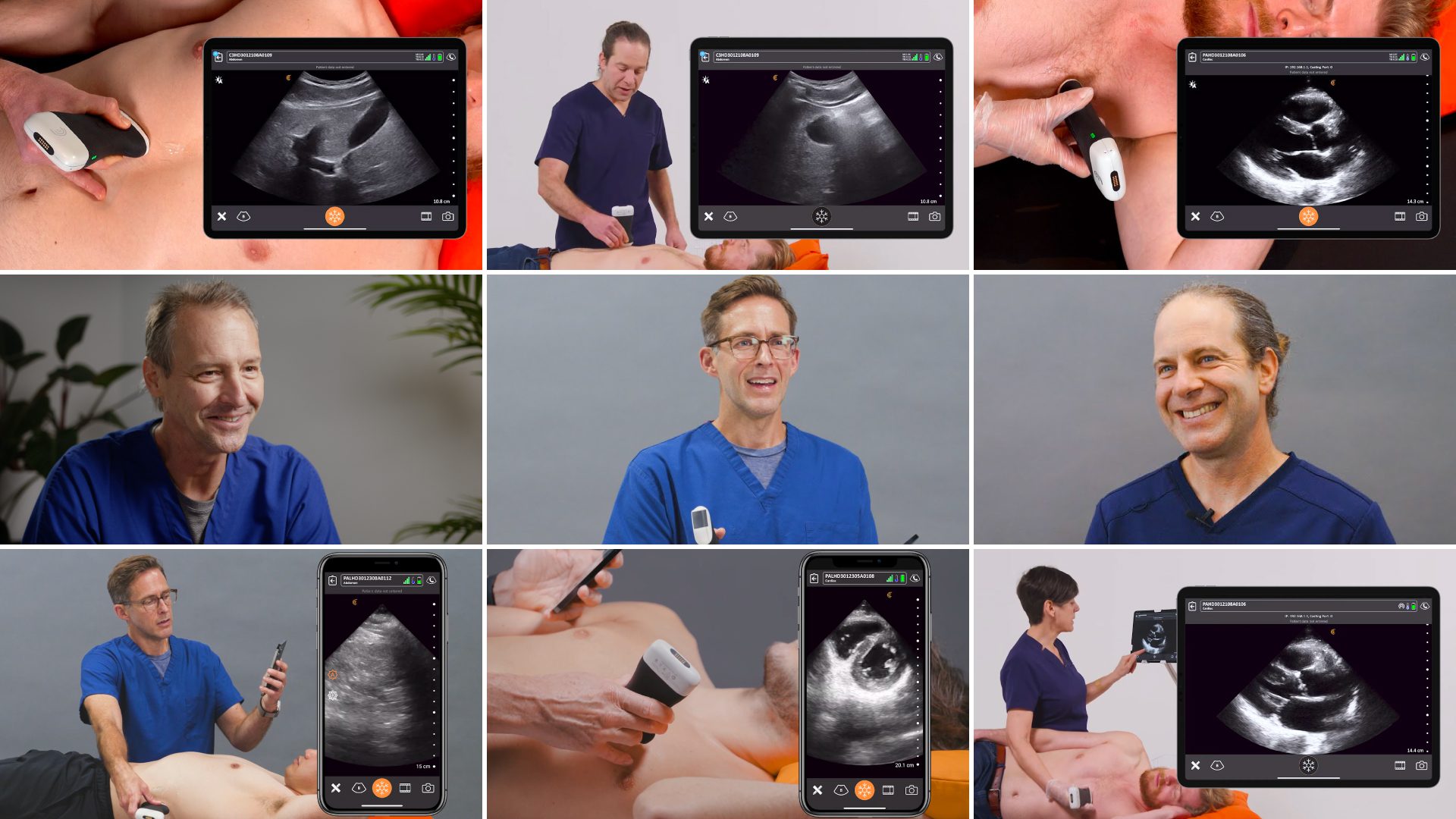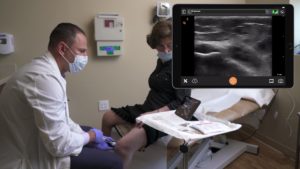A paper recently published by the World Federation for Ultrasound in Medicine in the Ultrasound in Medicine and Biology Journal makes a clear case for why lung ultrasound (LUS) is widely being used as a first-line diagnostic imaging alternative for COVID-19, comparing the advantages of bedside ultrasound to chest CT scans and chest X-Rays.
“Compared with CT, LUS has several advantages: It enables bedside assessment, reduces the length of patient stay in the emergency room (reducing health care workers’ exposure to infected patients), prevents exposure to radiation (especially for children and pregnant women), can be repeated during follow-up at low cost and is easily applied in low-resource settings (Volpicelli et al. 2012; Soldati and Demi 2017; Buonsenso et al. 2020a; Denina et al. 2020; Moro et al. 2020.”
According to the paper, severe pneumonia and/or acute respiratory distress syndrome affects 20% of patients infected by COVID-19. Following is a brief synopsis with excerpts from the article. You can also read the full article here.
1. Bedside lung ultrasound findings “correlate fairly” with chest CT scans.
“Lung ultrasound (LUS) is an emerging non-invasive bedside technique that is used to diagnose interstitial lung syndrome through evaluation and quantitation of the number of B-lines, pleural irregularities and nodules or consolidations. In patients with COVID-19 pneumonia, LUS reveals a typical pattern of diffuse interstitial lung syndrome, characterized by multiple or confluent bilateral B-lines with spared areas, thickening of the pleural line with pleural line irregularity and peripheral consolidations. LUS has been found to be a promising tool for the diagnosis of COVID-19 pneumonia, and LUS findings correlate fairly with those of chest CT scan.”
2. A patient is assessed faster with bedside ultrasound, reducing exposure for healthcare workers.
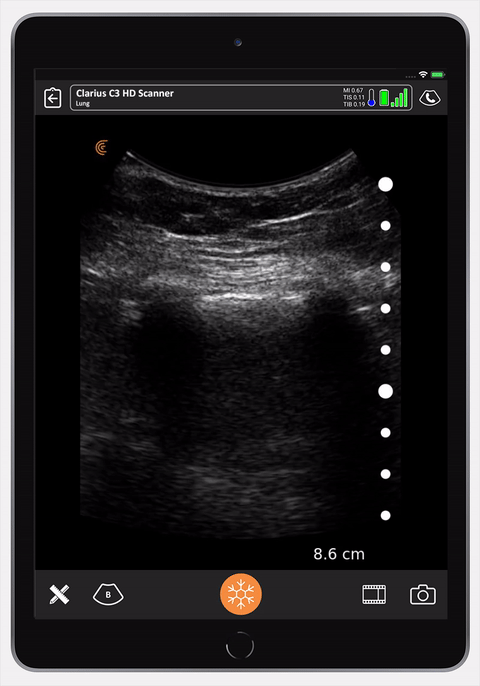
Protecting health care workers is a top priority during this pandemic, so is rapid COVID-19 diagnosis for patients. Point-of-care ultrasound can help! “It enables bedside assessment, reduces the length of patient stay in the emergency room (reducing health care workers’ exposure to infected patients)…”
3. Bedside Ultrasound eliminates transport of patients across radiology units, with no CT Scan room to disinfect.
“CT scan requires transport of the patient, potentially infected and unstable, to the radiology unit with potential exposure of several people, and necessitates proper sanification of the CT room after use.”
As an effective alternative, ultrasound imaging can be performed at the bedside, improving patient comfort while reducing exposure. Ease of infection control is directly correlated to the size of the diagnostic tool. Clarius handheld ultrasound scanners, for example, are wireless and can be encased in a sterile cover or easily cleaned to prevent exposure.
4. Ultrasound prevents unnecessary exposure to radiation from CT Scans and chest X-rays.
“In pregnant woman, LUS may represent a valuable alternative to CT scan during the COVID-19 pandemic (Buonsenso et al. 2020a Moro et al. 2020Youssef et al. 2020), particularly because it is mandatory to avoid exposure to radiation in this specific setting, and obstetricians and gynecologists are usually familiar with the use of ultrasound.”
“Moreover, CT scan is not universally available in emergency departments and is a suboptimal option in the pediatric setting because of the exposure to high-dose radiation and the frequent need for sedation (Miglioretti et al. 2013).“
5. Bedside Ultrasound is affordable and more accessible than CT.
“… [LUS] can be repeated during follow-up at low cost and is easily applied in low-resource settings.”
To purchase a large CT scanner, a hospital may pay up to US $2.5 million. That is a significant investment in equipment, particularly considering it can only diagnose one patient at a time, and diagnosis takes 10 to 30 minutes (plus disinfection time). Such an investment is not feasible in smaller clinics and many rural institutions.
Cost efficiencies makes ultrasound highly accessible in every setting, even COVID-19 pop up centers. A Clarius PA HD, for instance, costs only US $4,900, making it affordable for every physician.
Dr. Virginia Robinson, a family physician in Fernie, BC is proving the value of ultrasound for COVID-19 assessments first hand. Watch a video about how she’s using Clarius ultrasound to fight the pandemic.
To learn more about how Clarius HD can help with your fight against COVID-19, you can contact us anytime or learn more here.





